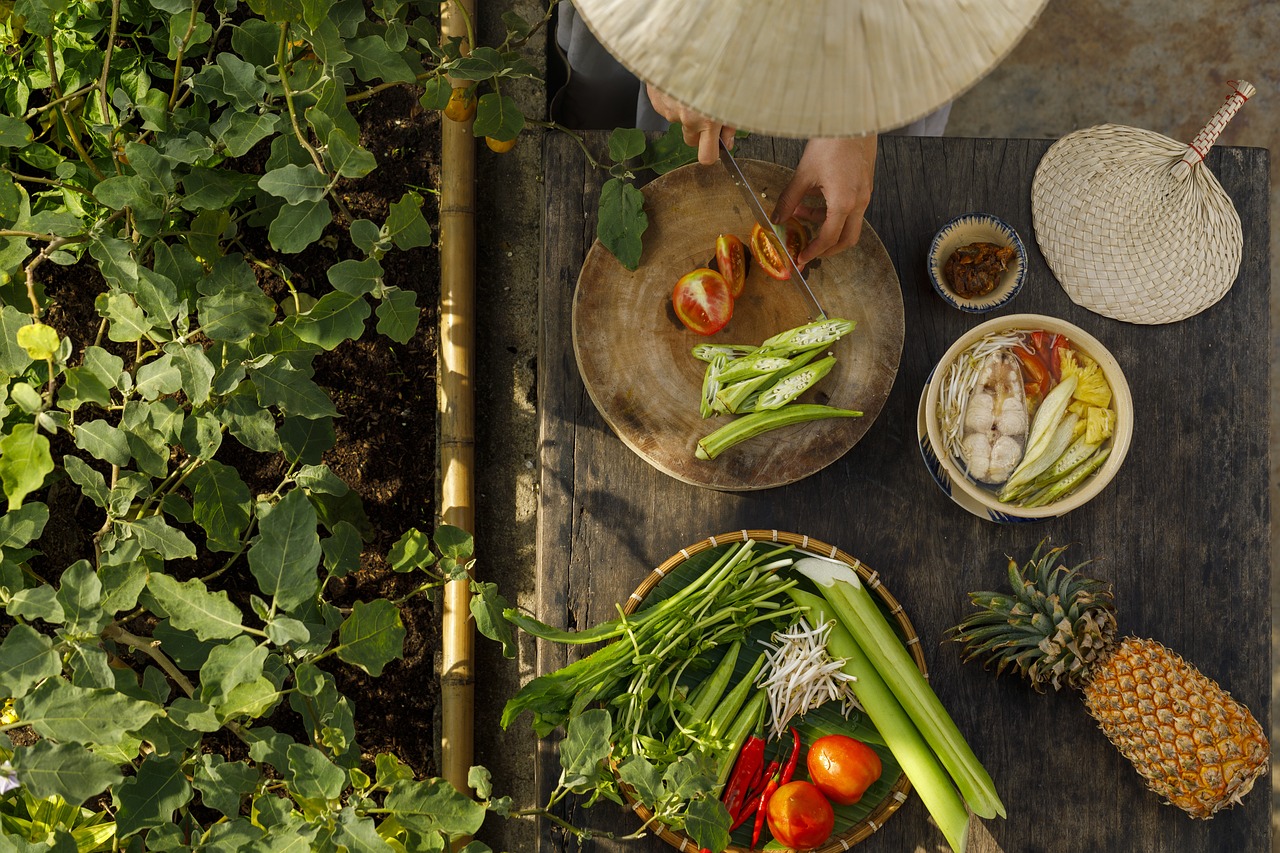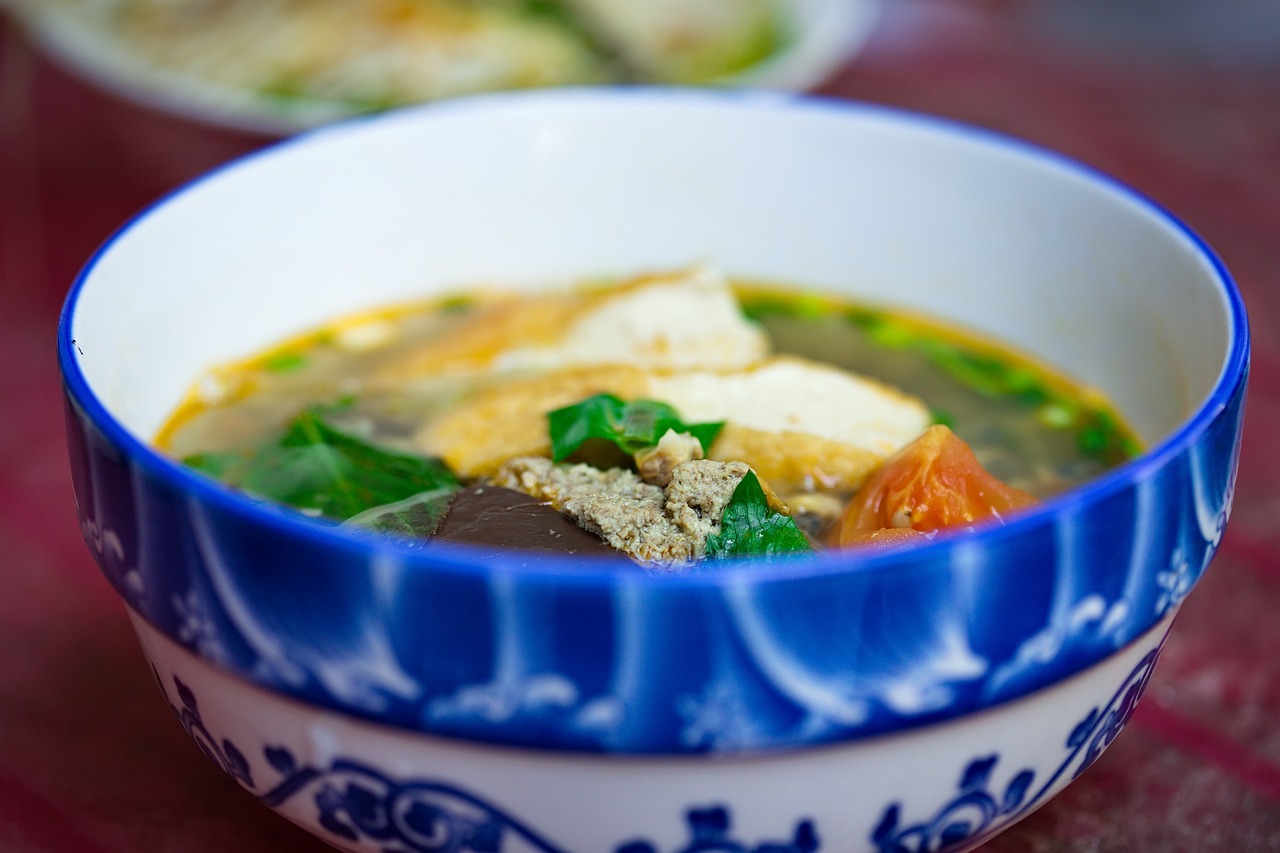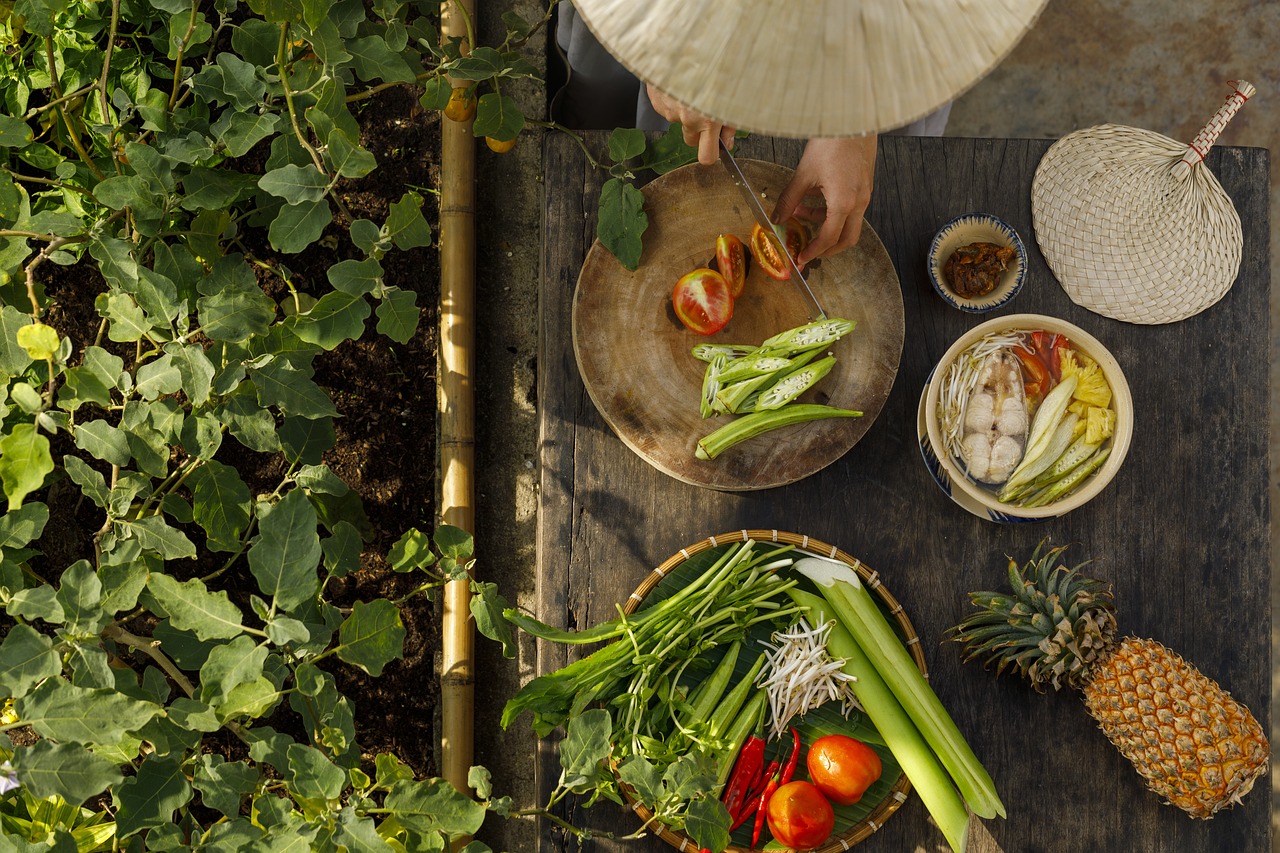Vietnamese Pho: A Bowl of Noodle Soup Comfort

When it comes to Vietnamese pho, it's not just a bowl of noodle soup; it's a comforting embrace in a dish. The steaming broth, the tender noodles, and the aromatic herbs all come together to create a symphony of flavors that warms both the body and soul. It's no wonder that pho has captured the hearts and taste buds of people around the world.
Imagine a bowl filled with fragrant broth, delicate rice noodles, and your choice of meat or vegetables. Each spoonful is a journey through layers of taste and texture, a perfect balance of savory, sweet, sour, and spicy. It's a culinary experience that transcends mere sustenance, offering a moment of pure indulgence and satisfaction.
But pho is more than just a dish; it's a cultural icon, a symbol of Vietnamese heritage and tradition. From bustling street vendors to elegant restaurants, pho is ubiquitous in Vietnam, enjoyed by people of all ages and backgrounds. It's a dish that brings families together, a centerpiece of celebrations and gatherings, embodying the spirit of sharing and togetherness.
What makes Vietnamese pho truly special is its versatility and adaptability. Whether you prefer a simple chicken broth or a complex beef broth simmered for hours, there's a pho variation to suit every palate. From the bustling streets of Hanoi to the tranquil countryside of Hue, each region puts its own unique spin on this beloved dish, reflecting the local ingredients and culinary traditions.
So, the next time you sit down to a steaming bowl of Vietnamese pho, take a moment to savor not just the flavors but also the history and culture that have made this humble noodle soup a global sensation. Let the warmth of the broth and the aroma of the herbs transport you to the bustling streets of Saigon or the serene rice paddies of the Mekong Delta. Vietnamese pho is more than just food; it's a bowl of comfort, a taste of tradition, and a slice of culinary heaven.
History of Pho
Pho, the iconic Vietnamese noodle soup, has a rich and fascinating history that dates back to the early 20th century in northern Vietnam. This beloved dish has evolved over time, blending elements of Chinese, French, and Vietnamese culinary traditions to create a unique and flavorful experience for food enthusiasts around the world.
As legend has it, pho originated in the Nam Dinh province, where it was initially sold by street vendors and gradually gained popularity among locals. The dish's name is believed to have been derived from the French word "feu," meaning fire, which refers to the boiling process used to make the fragrant broth that is the heart of pho.
The traditional method of preparing pho involves simmering beef bones, charred onion, ginger, and aromatic spices such as star anise and cinnamon for hours to create a rich and flavorful broth. The noodles, typically made from rice flour, are added to the steaming broth along with thinly sliced beef or chicken, creating a hearty and satisfying meal that warms the soul.
During the French colonial period, pho underwent further transformations, with the addition of herbs like Thai basil, cilantro, and lime wedges that enhance the dish's complexity and freshness. This fusion of flavors and influences has contributed to pho's widespread popularity and recognition as a quintessential Vietnamese comfort food.
Today, pho has transcended its humble origins to become a global culinary sensation, with restaurants dedicated solely to serving this delectable noodle soup in countries far and wide. Whether enjoyed as a quick street food fix or a leisurely family meal, pho continues to captivate taste buds and bring people together through its delicious simplicity and heartwarming flavors.
Ingredients in Pho
When it comes to the delectable bowl of Vietnamese pho, the magic lies in its carefully selected ingredients that come together to create a symphony of flavors. Let's dive into the key components that make this iconic dish a culinary masterpiece.
The foundation of any good pho is its aromatic broth, simmered for hours with a harmonious blend of spices such as cinnamon, star anise, cloves, and cardamom. This flavorful broth forms the soul of the dish, infusing every slurp with warmth and comfort.
Next, we have the rice noodles, delicate strands that soak up the rich broth and provide a satisfying chewy texture. These noodles are not just a filler but an essential part of the pho experience, offering a contrast to the savory broth.
Accompanying the noodles are an array of fresh herbs and garnishes that add brightness and freshness to the dish. Common toppings include Thai basil, bean sprouts, lime wedges, and chili peppers, allowing diners to customize their pho to their liking.
One of the signature elements of pho is the choice of protein, which can range from sliced beef (pho bo) to chicken (pho ga) or even tofu for a vegetarian option. The meat is typically added raw to the piping hot broth, allowing it to cook gently and retain its tender texture.
To elevate the umami factor, some variations of pho may include beef bones or oxtail in the broth, adding depth and richness to the overall flavor profile. These hearty additions contribute to the robustness of the dish, creating a truly satisfying dining experience.
Lastly, a squeeze of hoisin sauce or sriracha for a touch of sweetness or heat, along with a sprinkle of crispy fried shallots for added crunch, can take your pho to the next level of taste sensation.
Each ingredient in a bowl of pho plays a crucial role in the symphony of flavors, coming together to create a harmonious and comforting culinary experience that has captured the hearts and taste buds of food lovers around the world.
Regional Variations
When it comes to pho, the beloved Vietnamese noodle soup, regional variations add a delightful twist to this already flavorful dish. Let's embark on a culinary journey across Vietnam to explore the diverse interpretations of pho that reflect the unique tastes and traditions of each region.
In the northern regions of Vietnam, pho Bac reigns supreme. Known for its clear and delicate broth, this version of pho typically features wider noodles and thinly sliced beef. The simplicity of the ingredients allows the subtle flavors to shine through, creating a light and refreshing bowl of soup.
Traveling to the central parts of Vietnam, you'll encounter pho Hue, a variation that boasts a bolder and spicier profile. The broth is seasoned with lemongrass, chili, and sometimes fermented shrimp paste, giving it a robust and aromatic essence. Topped with beef shank, oxtail, and pig's knuckles, pho Hue is a hearty and satisfying choice.
Heading south to Saigon, or pho Nam, you'll find a sweeter and more fragrant take on this iconic dish. The broth is simmered with a hint of sweetness from rock sugar and star anise, creating a rich and flavorful base. Served with an array of fresh herbs, bean sprouts, and lime wedges, pho Nam offers a vibrant and lively dining experience.
Each regional variation of pho showcases the diverse culinary landscape of Vietnam, highlighting the country's rich history and cultural heritage through the art of noodle soup. Whether you prefer the lightness of pho Bac, the boldness of pho Hue, or the sweetness of pho Nam, there's a bowl of pho to suit every palate and preference.
Pho Culture and Tradition
Pho, beyond being a culinary delight, holds a special place in Vietnamese culture and tradition. It serves as more than just a meal; it embodies a sense of community and togetherness. Picture this: a steaming bowl of fragrant broth, tender noodles, and fresh herbs shared among family and friends, creating a bond that transcends mere sustenance.
In Vietnamese society, pho is more than just food; it's a symbol of unity and hospitality. Families often gather around a steaming pot of pho, sharing stories and laughter while savoring each spoonful. It's a dish that brings people together, strengthening relationships and fostering a sense of belonging.
The preparation of pho is a ritual in itself, with each step infused with tradition and care. From simmering the broth for hours to selecting the perfect blend of spices, every aspect of making pho is steeped in cultural significance. It's a labor of love that reflects the deep-rooted respect for food and its role in Vietnamese heritage.
Moreover, pho plays a central role in Vietnamese celebrations and ceremonies. Whether it's a wedding, Lunar New Year, or honoring ancestors, pho is often present, symbolizing good fortune, prosperity, and familial ties. It's a dish that carries generations of memories and traditions, passed down from one family member to another.
When you sit down to enjoy a bowl of pho, you're not just tasting the flavors of Vietnam; you're immersing yourself in a rich tapestry of culture and history. Each spoonful is a journey through time, connecting you to the past, present, and future of a nation that treasures its culinary heritage.



 HazalVardal
HazalVardal 





